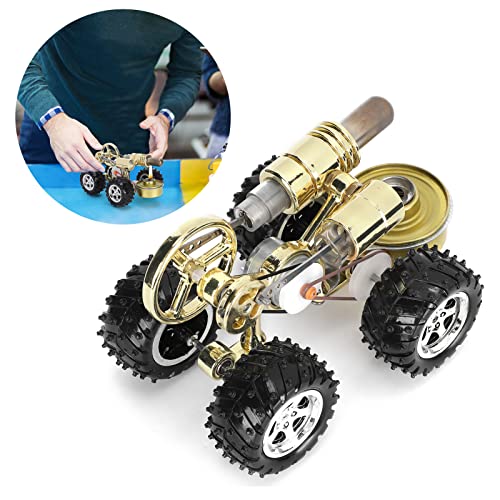pgwisn
New Member
An older neighbor is moving to be closer to family after her husband recently died. I have been helping her pack and clean out their home.
She asked that I clean up, mount on the wooden bases, and figure out how to operate these two ‘steam engines’ which her father* built so she can gift them to her two grandsons.
*(Carl Snyder of Marshallville, Ohio)
I am not familiar with them, so I don’t want to jump in without understanding what they are and how they operate. Are they likely operated with compressed air?
And, the studs on the side plate have nuts, some locked together, some loose, and are all at different distances from the side plate.
Would someone be willing to give me some advice on how to proceed?
Thanks,
Pat
She asked that I clean up, mount on the wooden bases, and figure out how to operate these two ‘steam engines’ which her father* built so she can gift them to her two grandsons.
*(Carl Snyder of Marshallville, Ohio)
I am not familiar with them, so I don’t want to jump in without understanding what they are and how they operate. Are they likely operated with compressed air?
And, the studs on the side plate have nuts, some locked together, some loose, and are all at different distances from the side plate.
Would someone be willing to give me some advice on how to proceed?
Thanks,
Pat

























![MeshMagic 3D Free 3D Modeling Software [Download]](https://m.media-amazon.com/images/I/B1U+p8ewjGS._SL500_.png)






![DreamPlan Home Design and Landscaping Software Free for Windows [PC Download]](https://m.media-amazon.com/images/I/51kvZH2dVLL._SL500_.jpg)







































